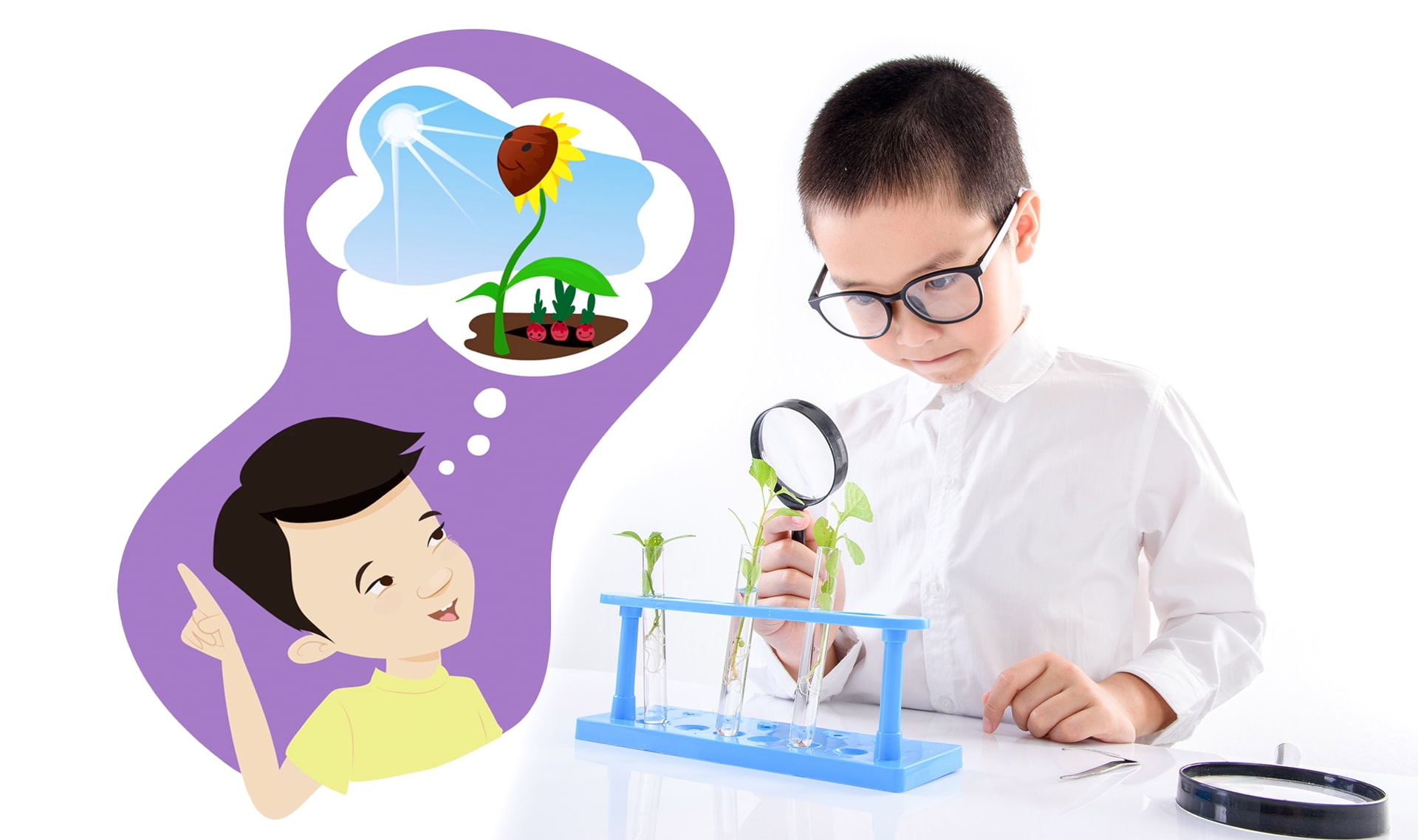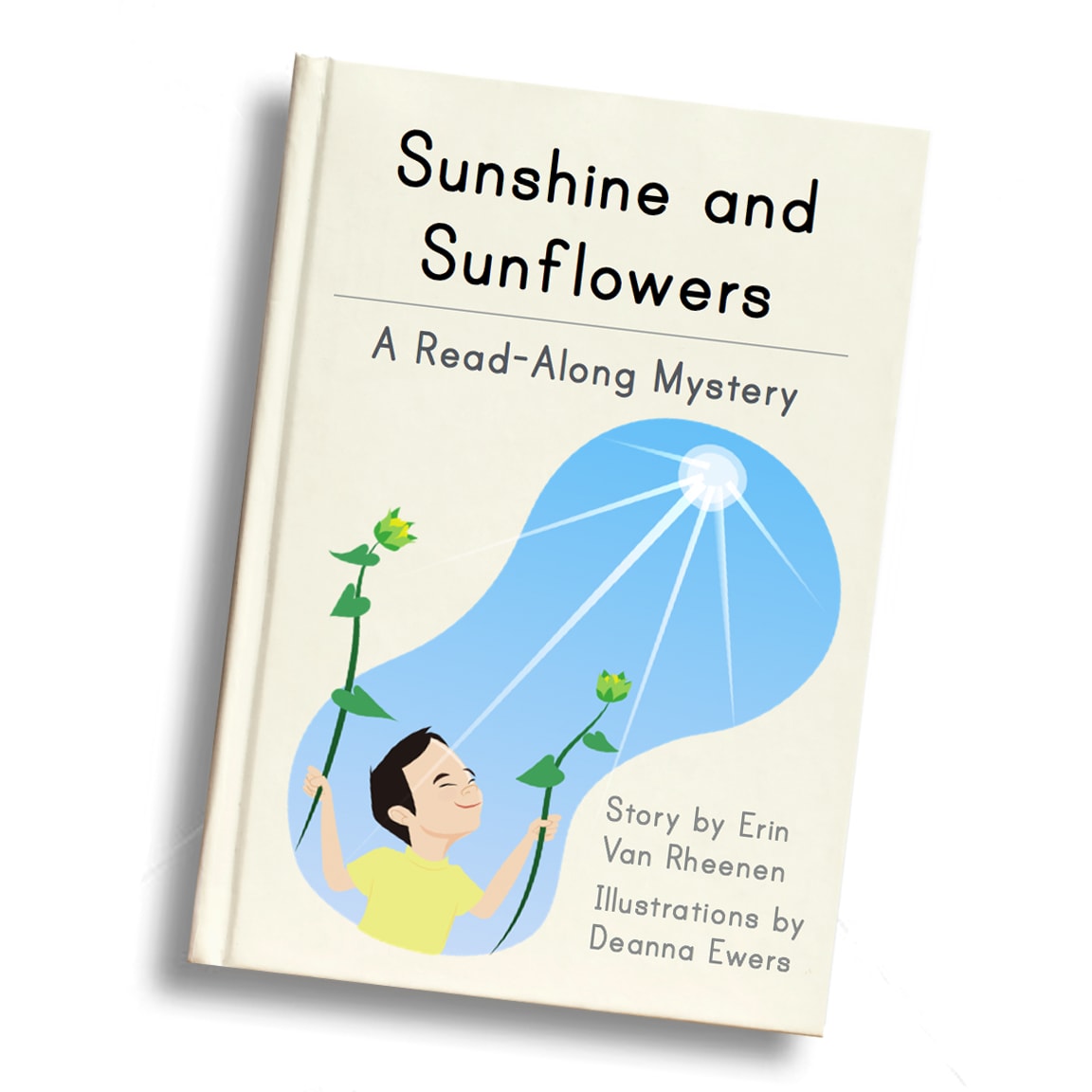

My name is Jin.
This is my dad’s garden.

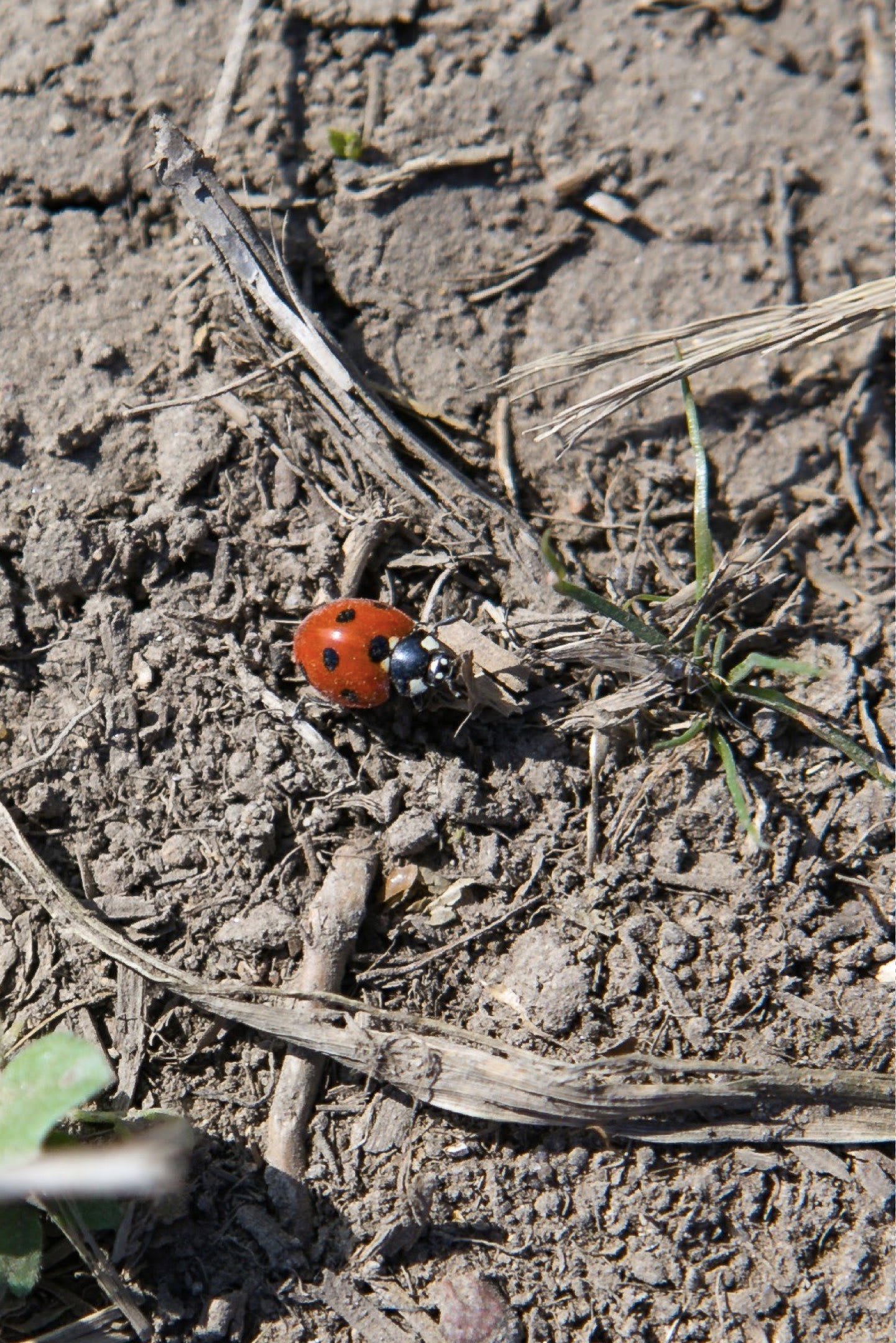
Last year, when Dad planted the garden, I mostly played in the dirt.
I noticed the ladybugs and other beetles.

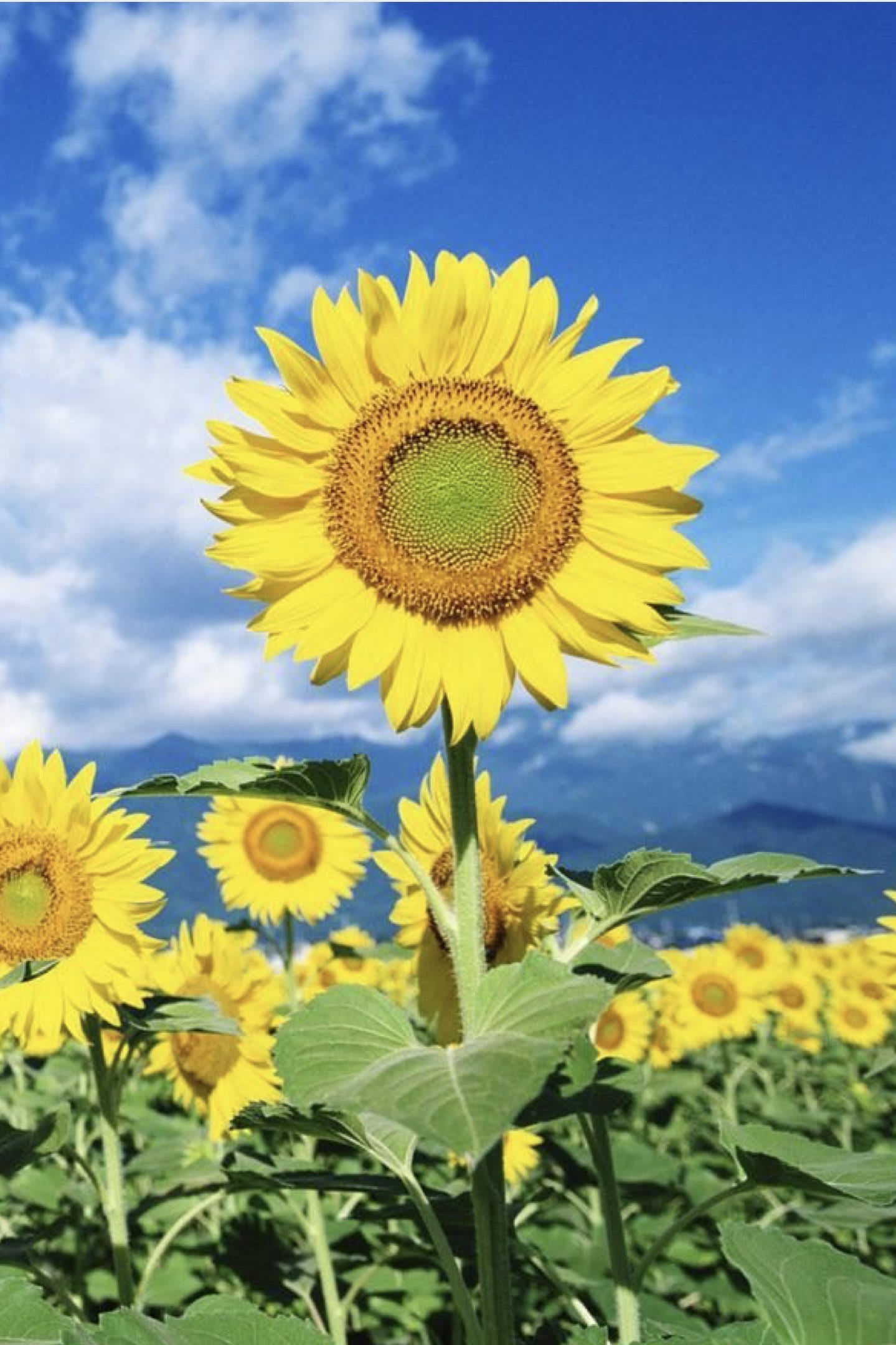
The sunflowers grew taller than I was.
But I wasn’t very tall.


This year, I help Dad plant seeds.
“We’ll plant tomatoes here,” Dad says. “Beans and radishes go there. We’ll put sunflowers over there.”


“But I want to plant the sunflowers under the tree by my bedroom window,” I say. “Then I’ll see them every morning when I wake up.”


“Hmm,” Dad says. “That’s a shady spot. Do you think sunflowers will grow there?”

Stop & Talk
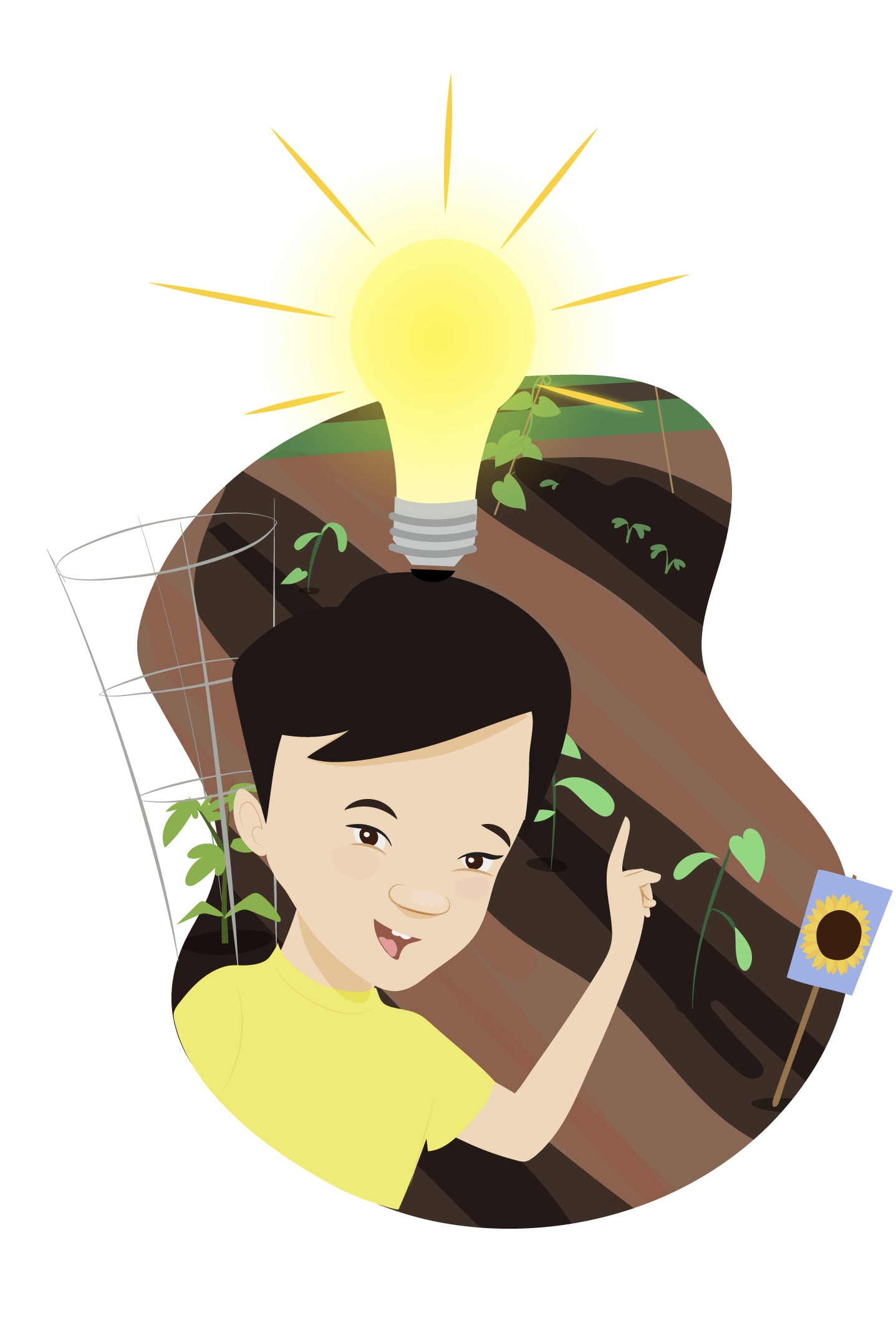
"I have an idea," I say. “Let’s plant sunflowers in both places! Then we can see what happens.”

“Great idea!” Dad says. “It’s an experiment! Try out your idea and see what happens.”
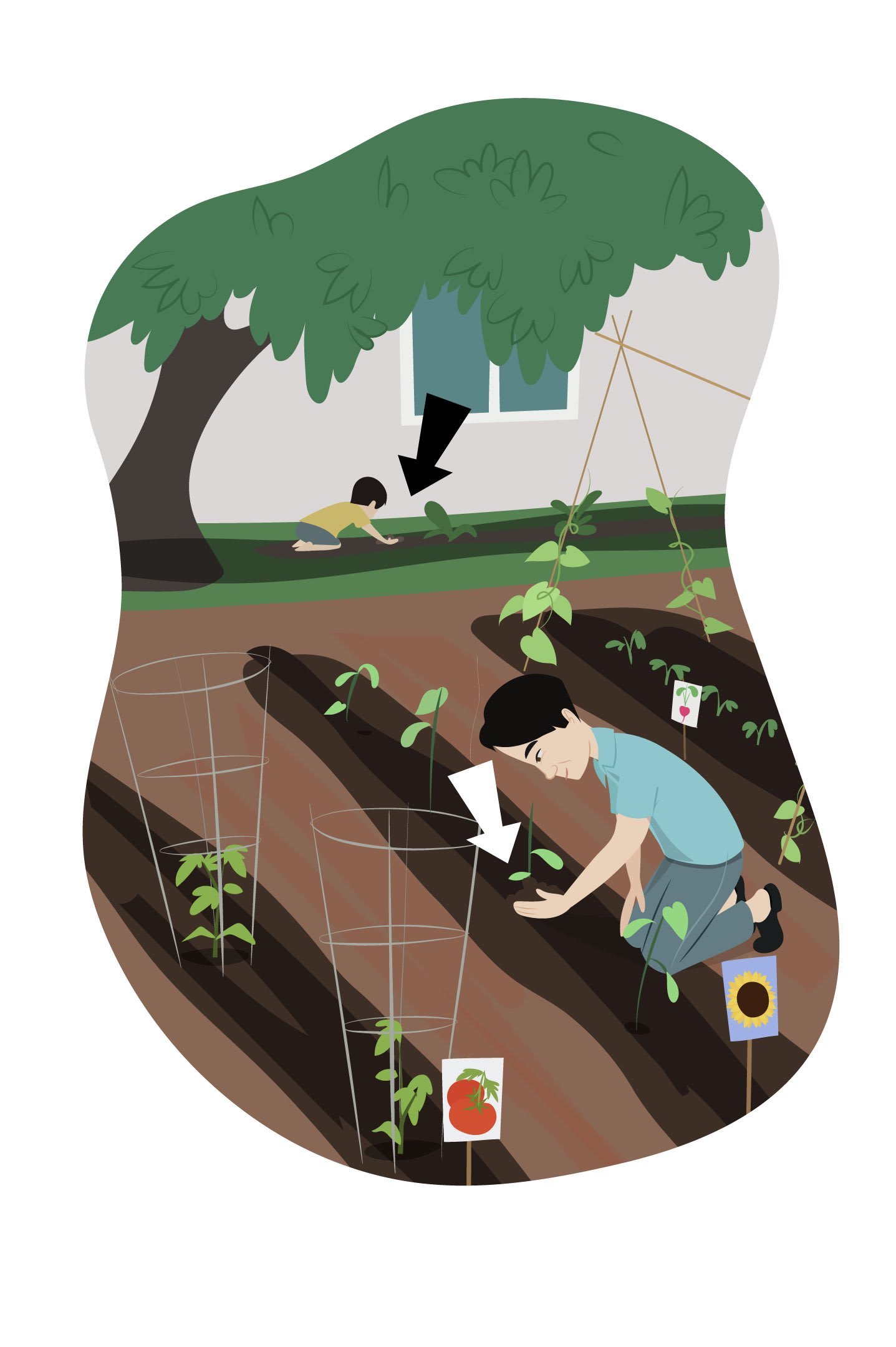
So we planted sunflower seeds in the shade by my window, and in the sun in the middle of the garden.

By the middle of the summer, all the plants were growing.
There were sunflowers growing in the shade and sunflowers growing in the sun.

I looked at the young sunflowers every day. And I noticed something.
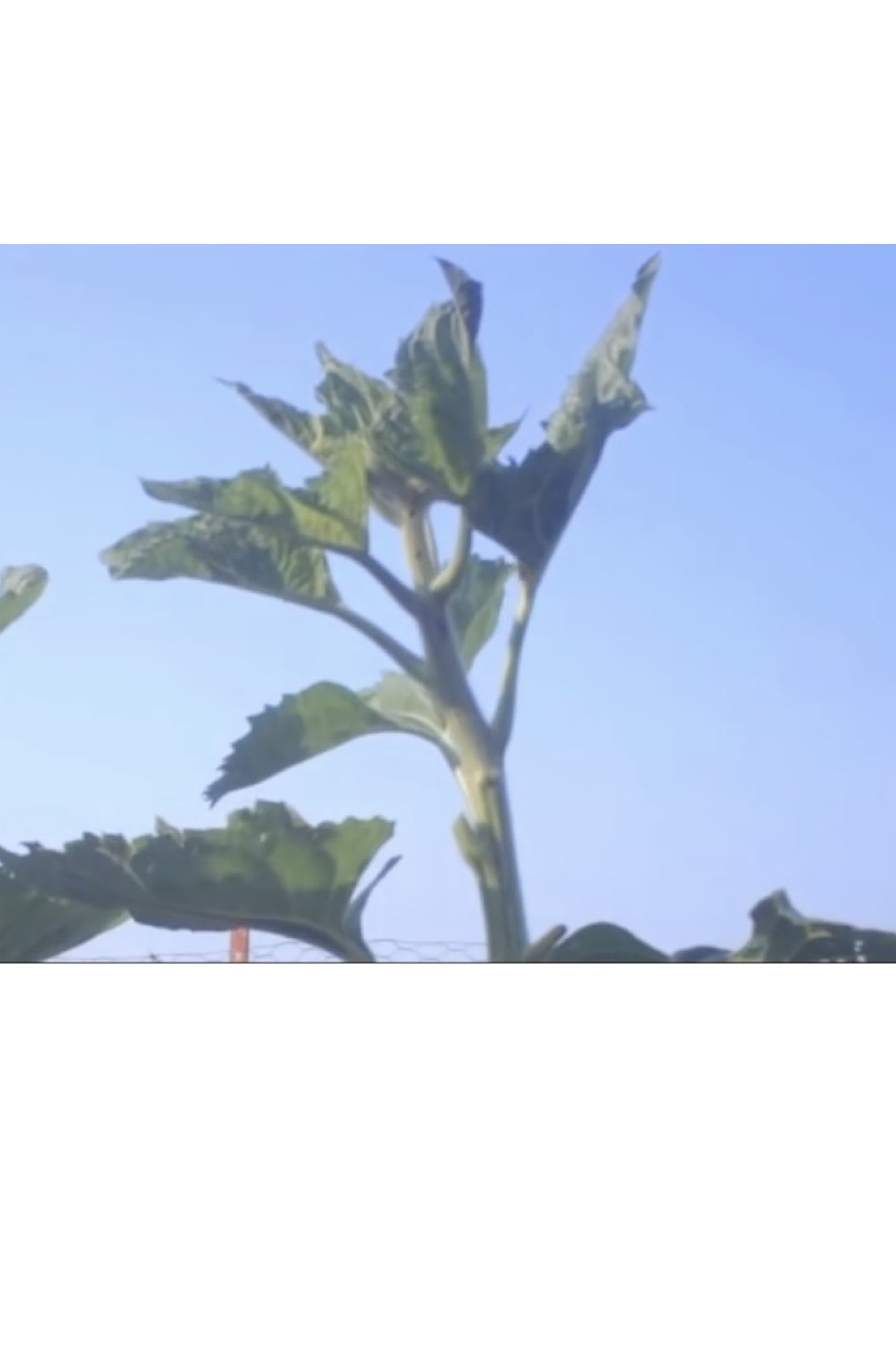
In the early morning, all the sunflowers looked like this.
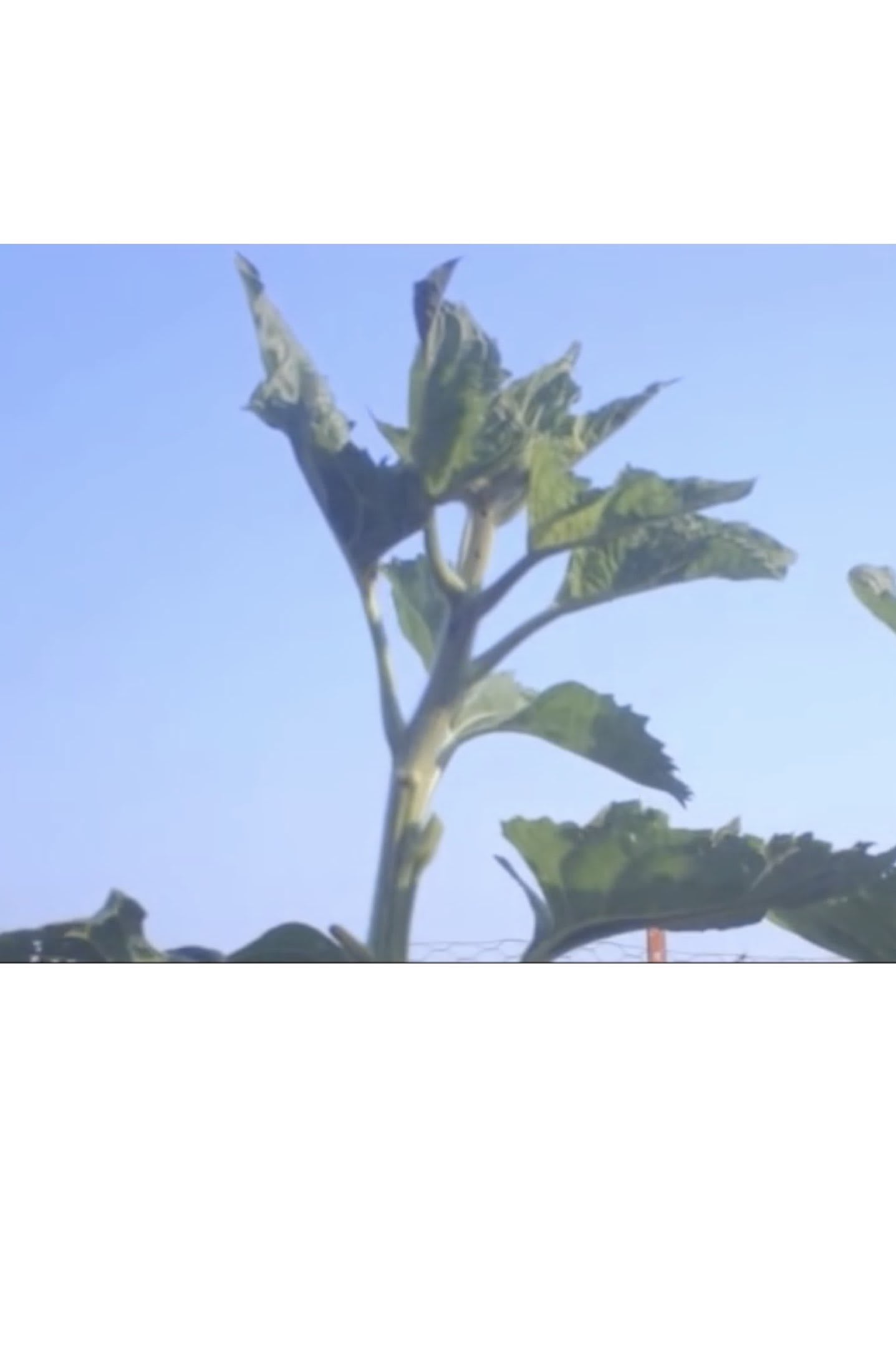
In the late afternoon, all the sunflowers looked like this.
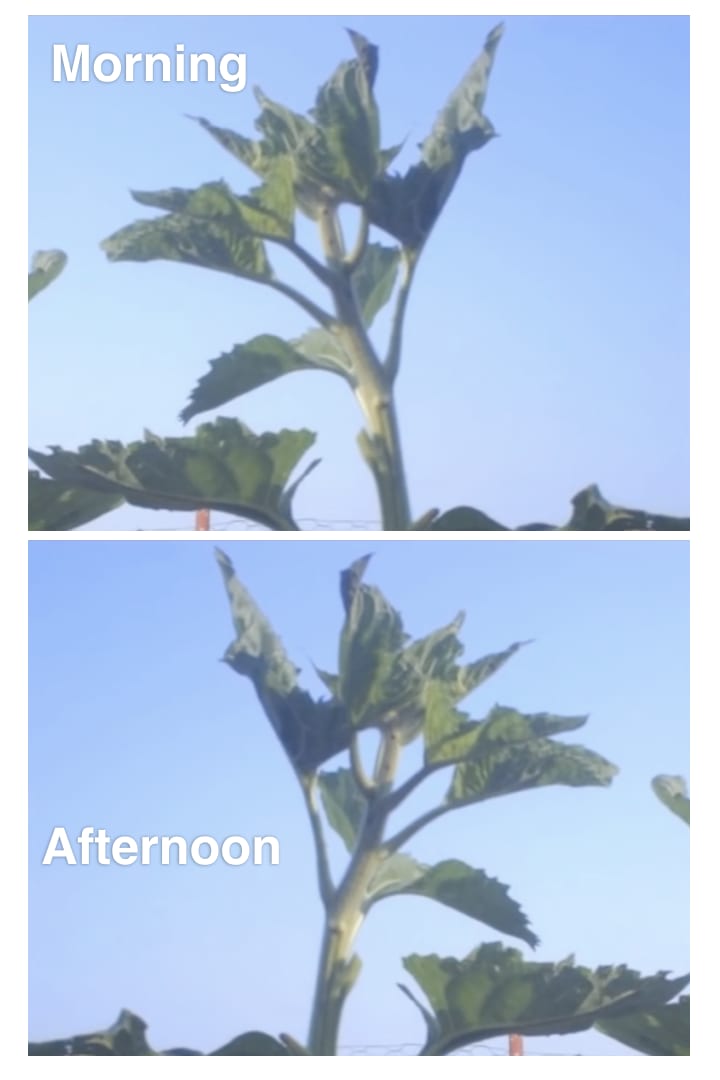
Stop & Talk

Sunflowers move!
In the morning, young sunflowers face east, where the sun rises.
In the afternoon, they face west, where the sun sets.

This super-fast video shows how young sunflowers move with the sun.
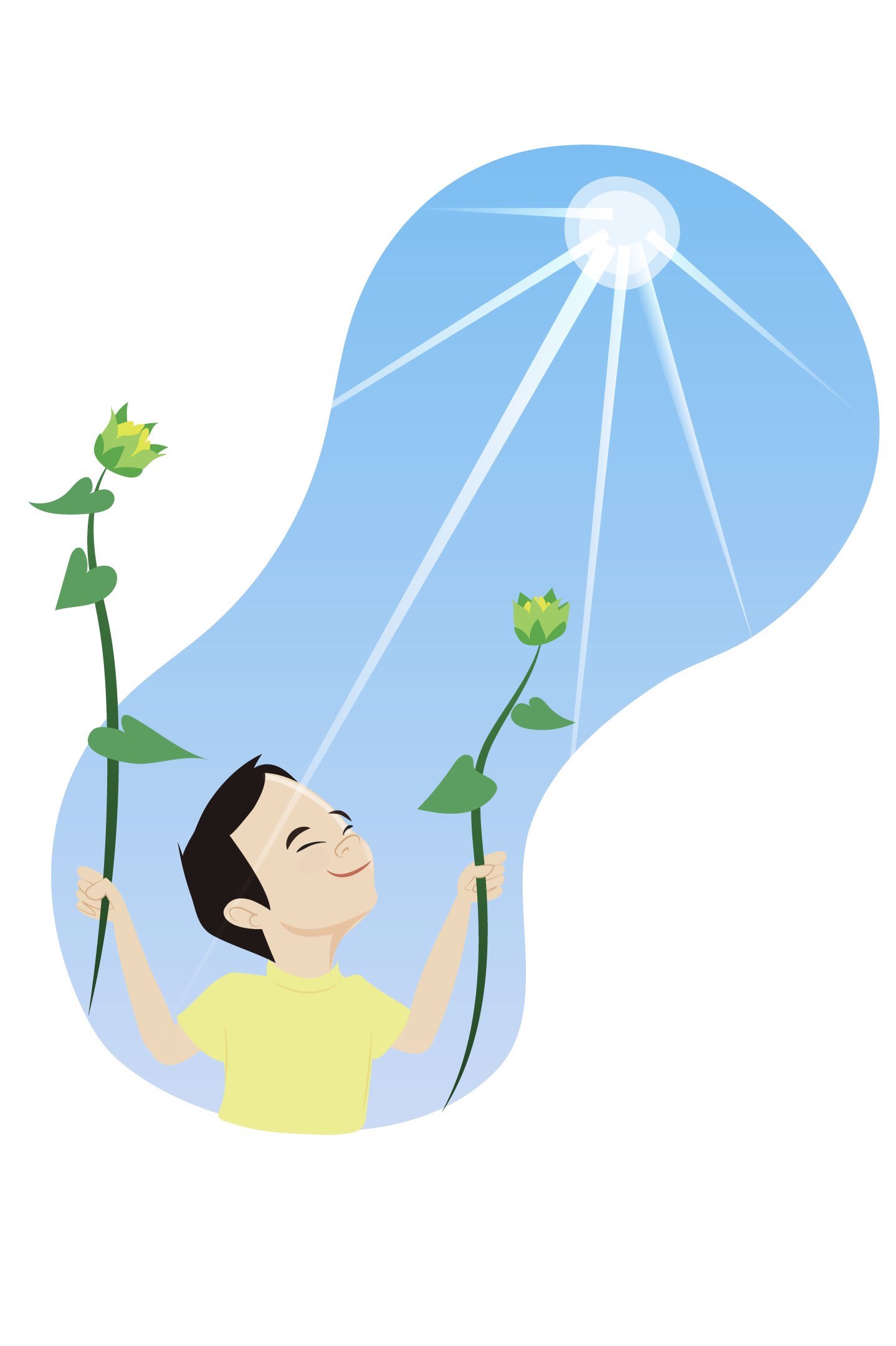
The sunflowers move very slowly all day long.
They turn to face the sun.



At the end of the summer, I compared the sunflowers growing in the shade with the sunflowers in the sun.

Stop & Talk

"What do you think?" Dad asks. "Did you find out anything from your experiment?"

"I found that sunflowers planted in the sun grow taller than sunflowers planted in the shade," I tell him.

"And I found out that sunflowers move! They turn to face the sun."
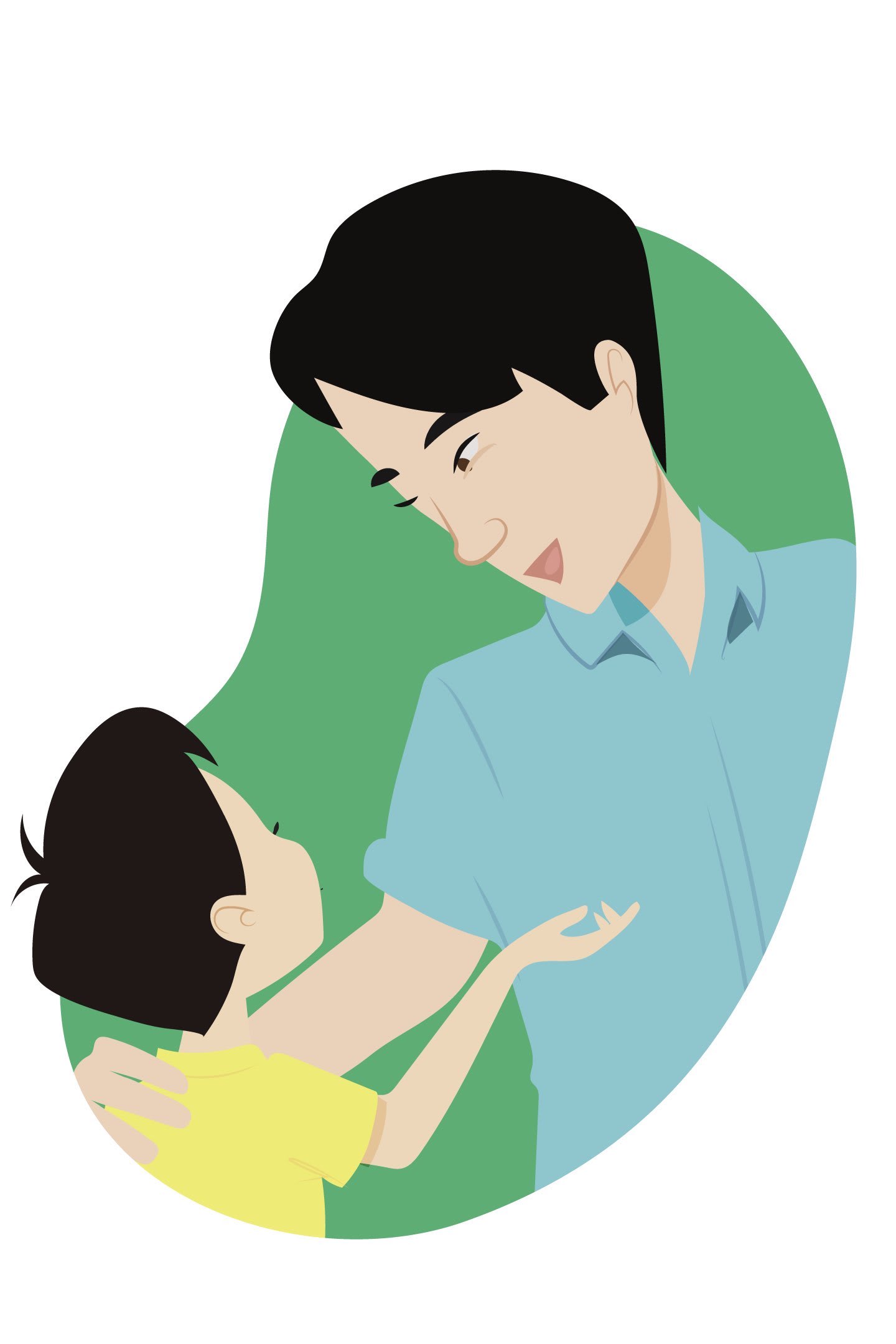
"And you found out one more thing," Dad says.
"What's that?" I ask.

"You're good at noticing things!" Dad says. "And you can learn a lot when you experiment."

I wonder what experiments we'll try in the garden next year.
THE END
You may have been surprised to see the sunflowers in the video bending to face the sun. Plants move much more slowly than people do, so you have to watch over time to see that a plant has reacted to a change. With this simple experiment, you will be able to see for yourself how plants turn to face the light.
Your teacher has set up a plant in the classroom. Look at the plant carefully and notice the direction that its stem (or stems) are growing.
DISCUSS:
Are the stems pointing straight up? Do they lean to one side?
Next, your teacher will put the plant inside of a box, placing it as far from the hole as possible. The plant should be placed so it leans away from the hole, then the box should be closed.
DISCUSS:
What do think will happen? Think about how the sunflowers responded to sunlight.
Your teacher will water the plant regularly. Each time they do, look at the plant’s stem.
DISCUSS:
Are there any changes?
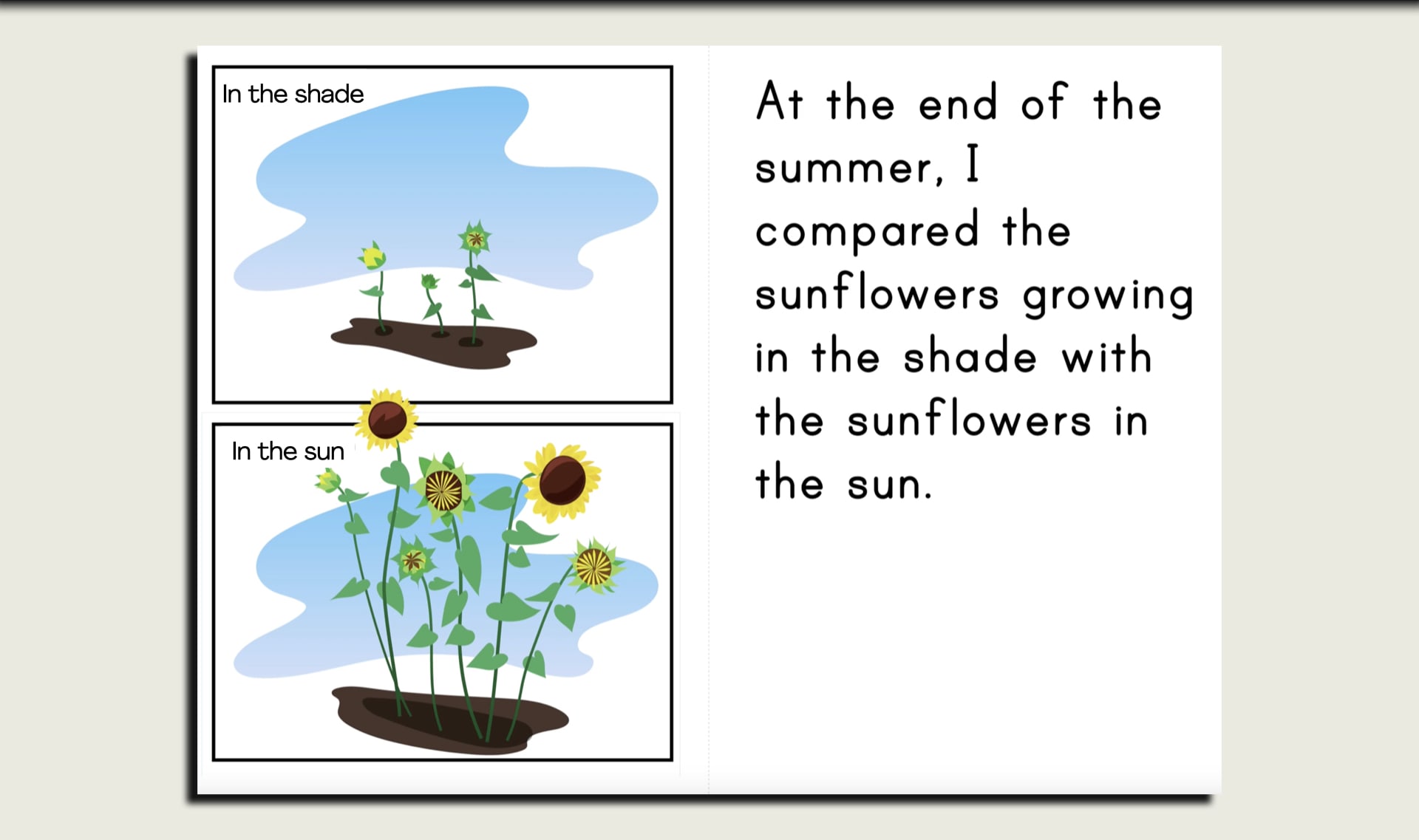
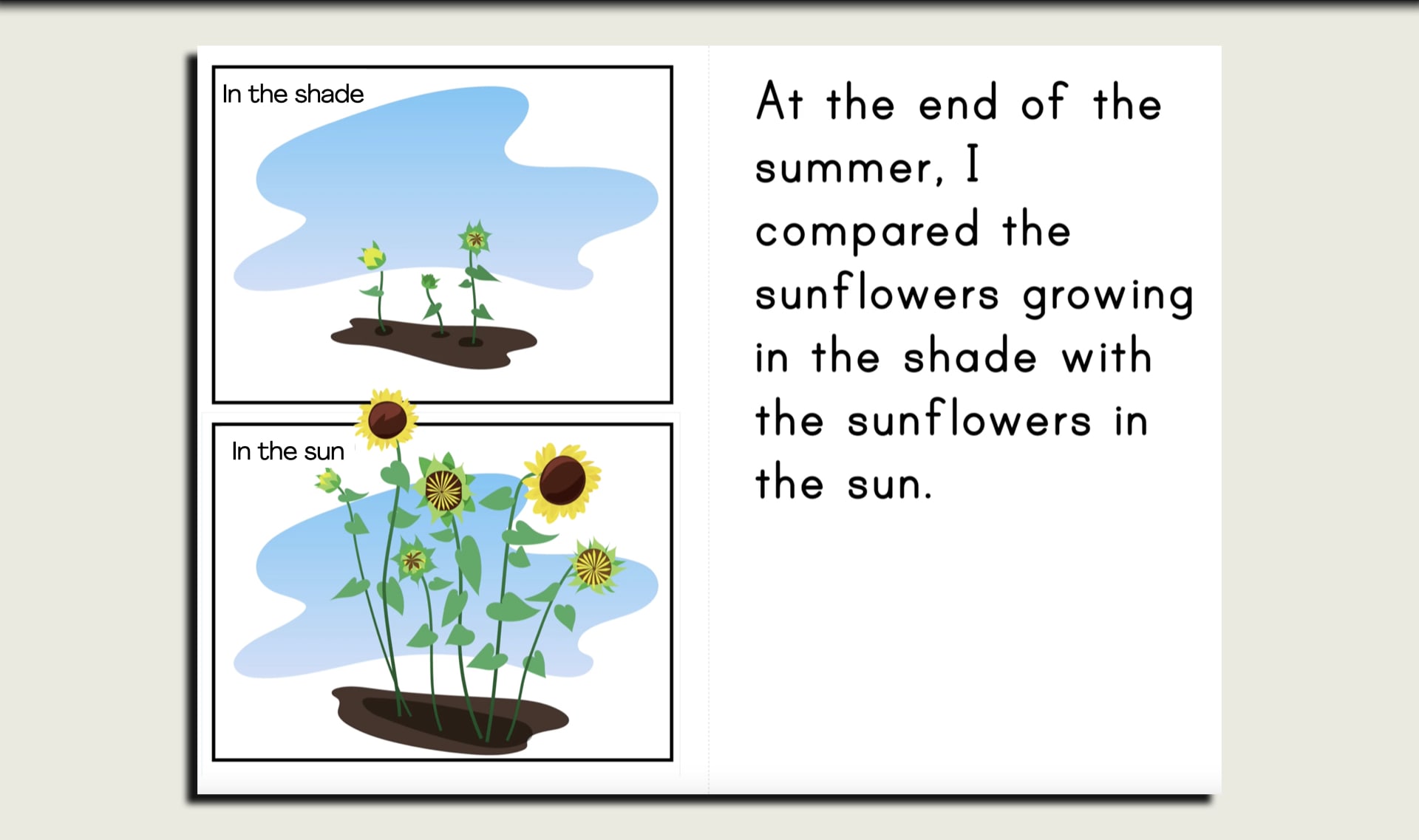
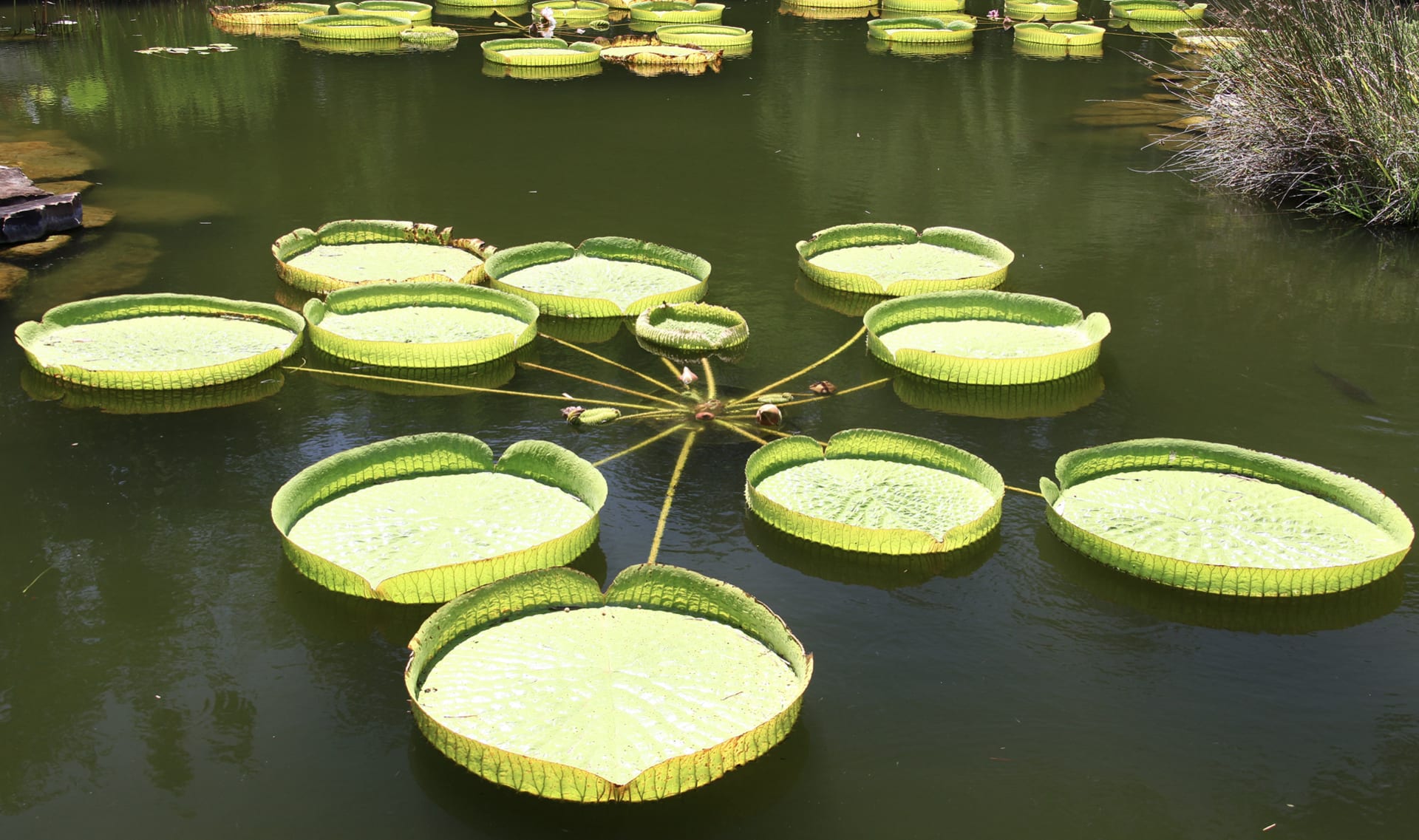
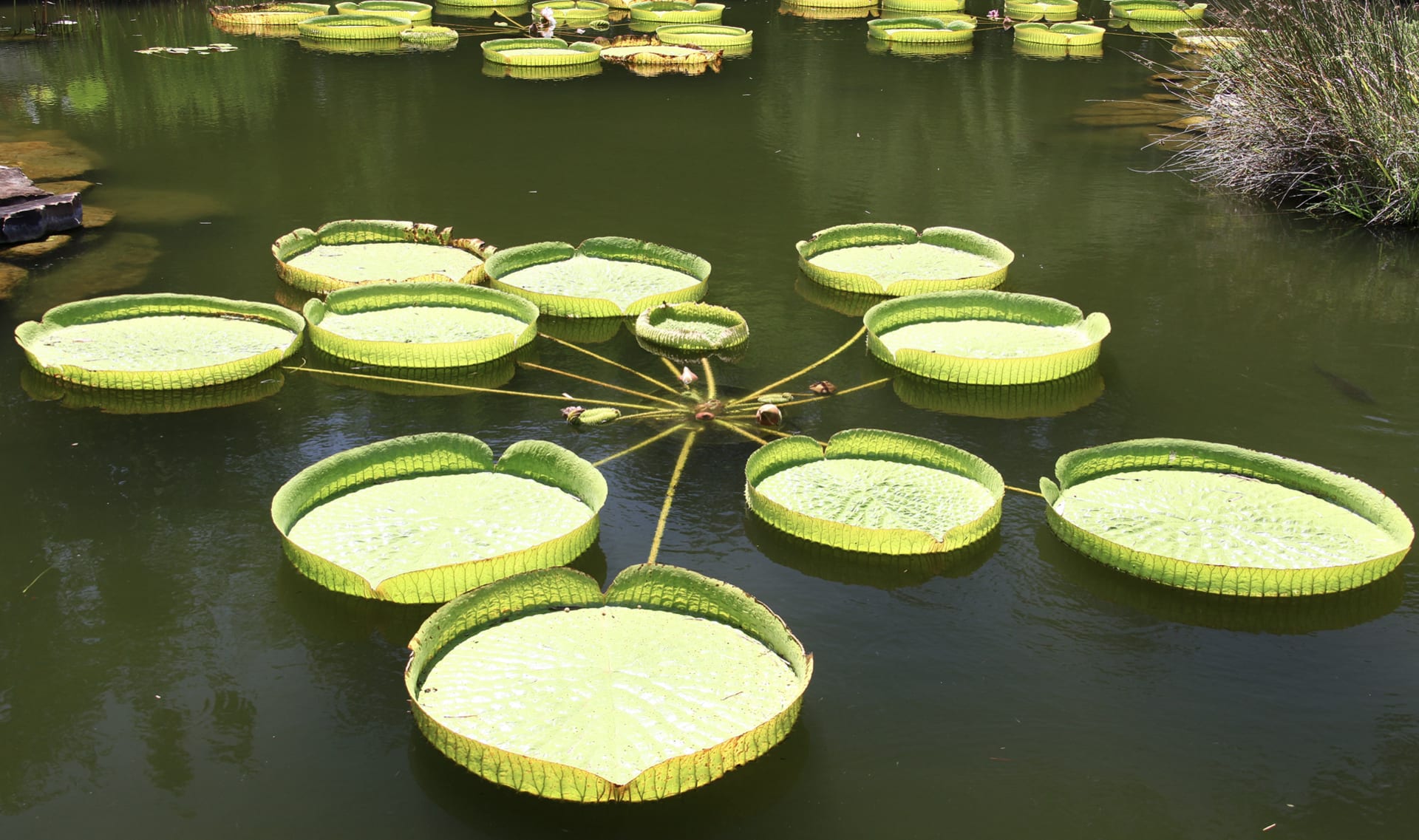
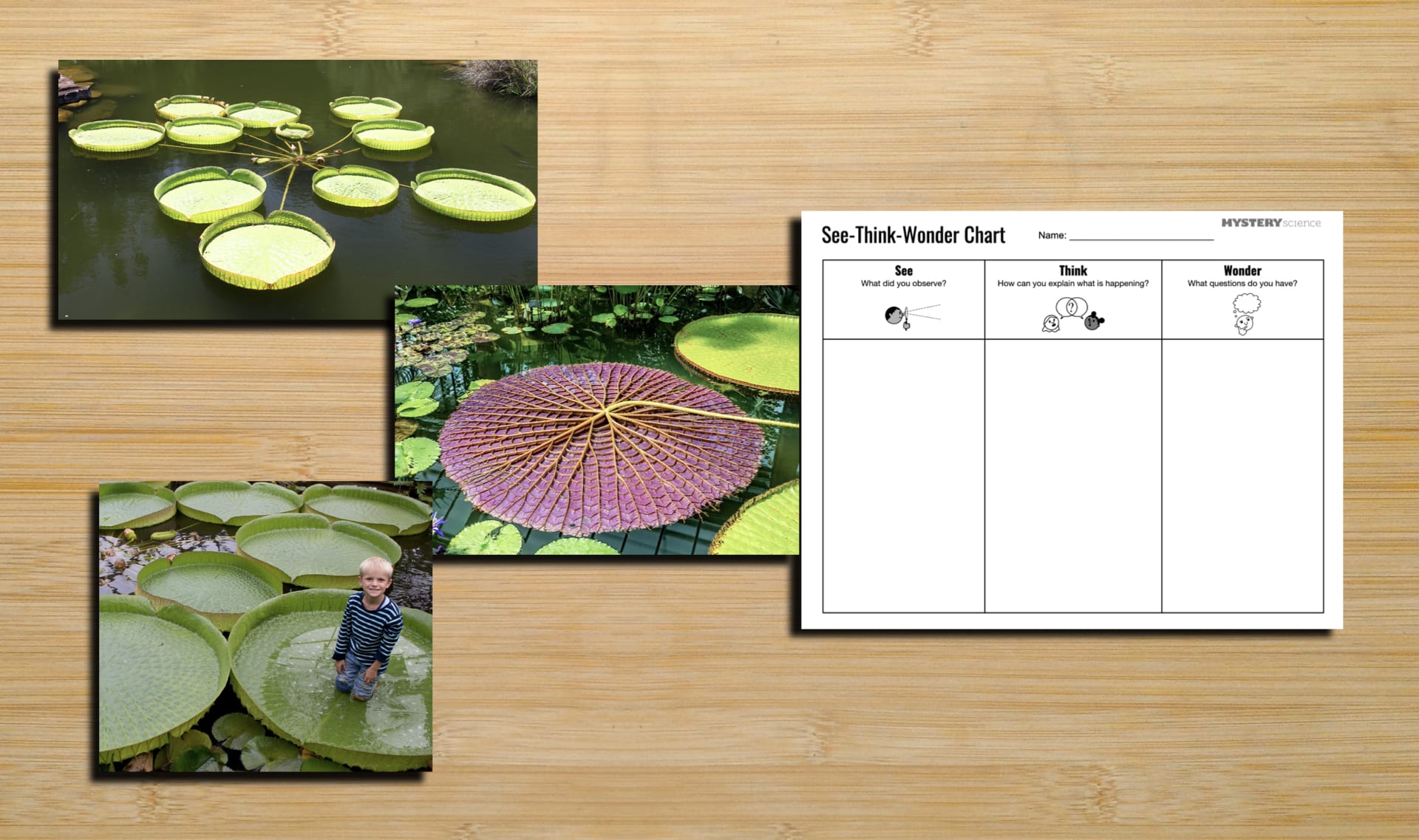
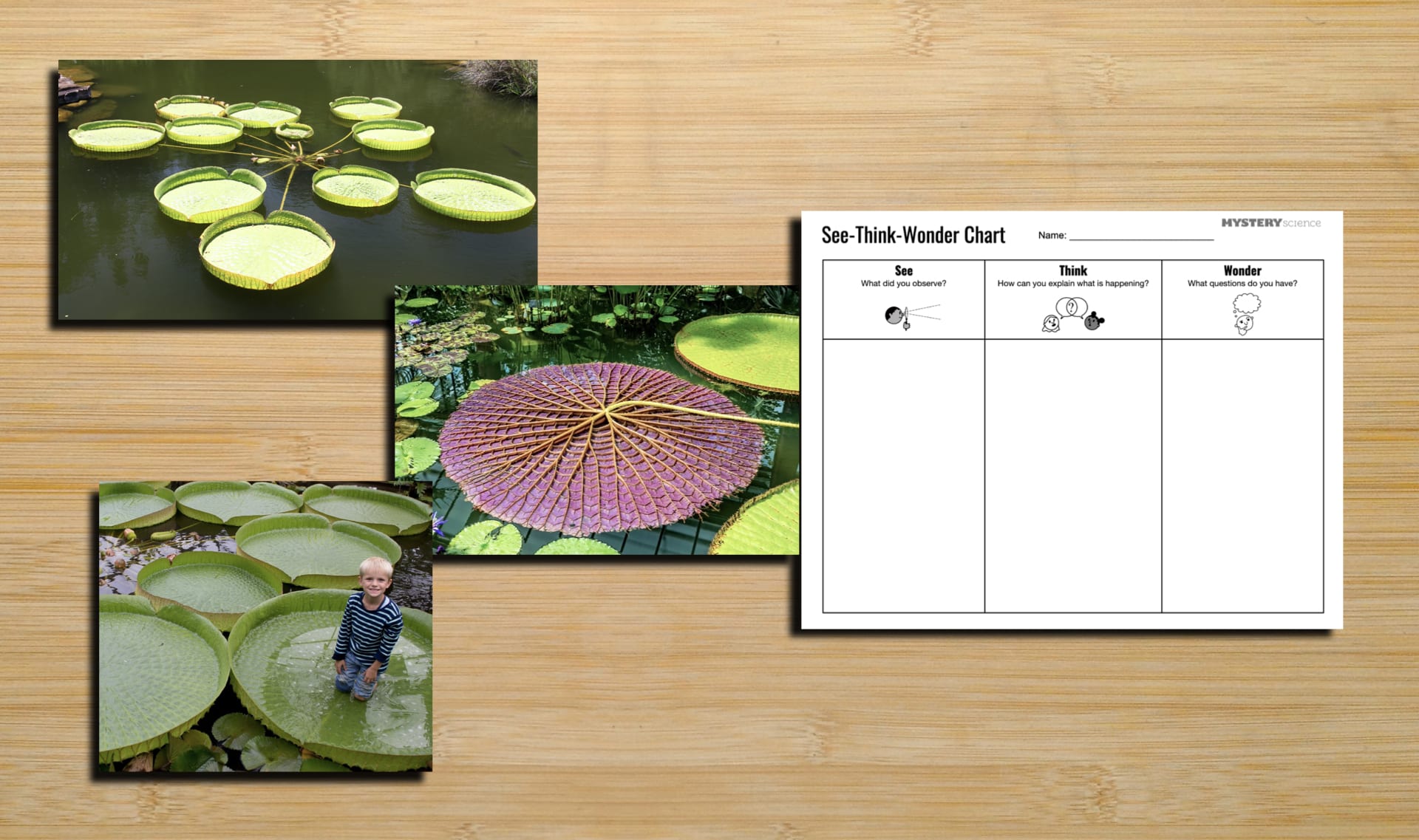


seed
